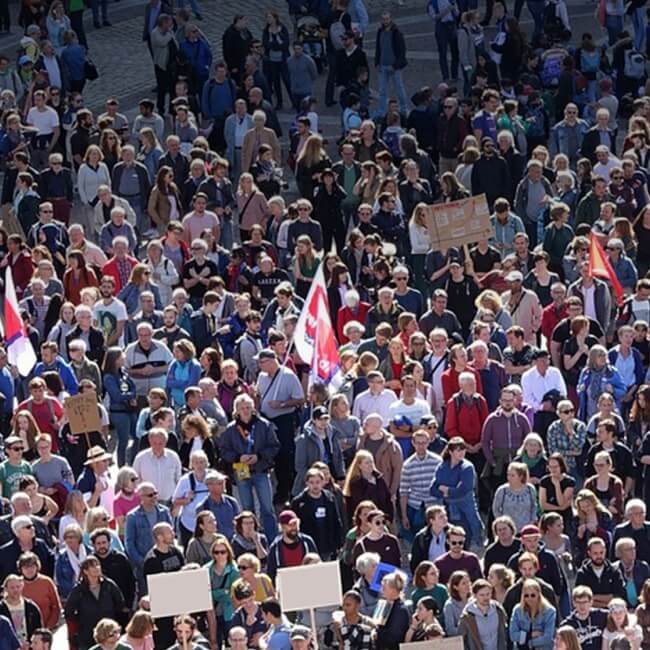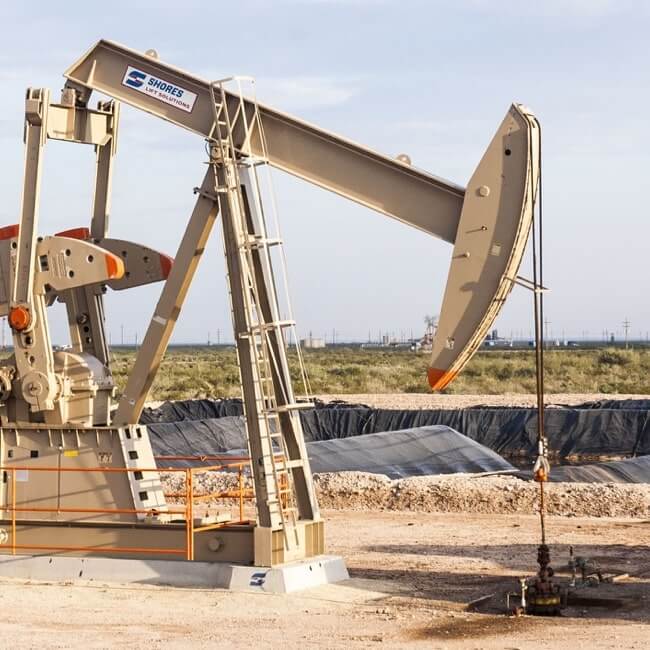BBVA, Banorte stake out Mexico's monetary policy through year-end

The Mexican central bank’s (Banxico) latest interest rate cut has propelled economists at banks BBVA and Banorte into a debate over the country’s ability to continue to loosen monetary policy in the face of inflation that is far outpacing the region.
Starting in March with a 7% benchmark rate when the COVID-19 pandemic hit Mexico, Banxico has since made seven rate cuts. The latest, of 25 basis points to 4.25%, came Thursday despite mid-September CPI data coming out earlier that day showing inflation jumping above the bank’s 2-4% target range to 4.1%.
“We believe that Banxico has closed the door – at least for now – for more reductions during the rest of the year,” said Banorte's economic team in a statement, citing “modest, but important changes” in the latest rate cut announcement, and also the likelihood of persistent high-side CPI and the possibility of FX pressure with the upcoming US presidential election.
Banorte reiterated its forecast that Banxico will hold the rate steady at its final two meetings of the year, on November 12 and December 17.
BBVA, on the other hand, sees the rate being lowered to 3.75% by December in two more quarter-point cuts as it expects inflation to ease given that the current legislature is not considering any VAT or IEPS (excise tax) increases.
“Inflation concerns are overdone: in spite of the current change in relative prices, there will not be any demand-side pressures in the coming quarters, giving Banxico further room to cut rates,” read a statement from Javier Amador and Carlos Serrano, chief economists at BBVA Research and BBVA’s Mexican banking unit, respectively.
No more room
In building its case, the Banorte team made a deep dive into the language in the latest central bank announcement by pointing out that the bank stressed multiple downside and upside risks to the inflation outlook.
The Banxico board said it made the rate decision on the balance of risks based on the existing room to maneuver “although narrow,” and elsewhere the bank eliminated the phrase in the previous decision mentioning “available room” for further easing.
“It is our take these adjustments reflect that most members are comfortable with the current level of the rate and that they need additional information about lower inflation before more easing,” Banorte said.
Banorte further sees inflation holding near “the upper bound of the variability range [4%] at least until the end of October.”
“Moreover, we still anticipate pressures on the Mexican peso due to the US elections ... risk that has increased given the possibility of not having a clear winner on November 3,” Banorte wrote.
“We add to the latter risks on the domestic front, among them the financial situation of [state-owned oil giant] Pemex and public finances, with a 2021 budget proposal that we think is optimistic and austere,” said Banorte. “In this context, we believe the current easing cycle is over, with conditions still challenging at least in the short-term.
It’s about growth
Amador and Serrano insisted that Banxico’s statement “remained dovish and once again –correctly in our view – brushed aside the recent inflation increase … signaling that the board remains more concerned about the economic outlook than the recent inflation increase that will most likely prove temporary.”
The language in the statement, said the BBVA economists, makes it clear “that inflation is not the main worry for policymakers at this moment,” and recent upticks are more about higher energy prices and a “recomposition in core inflation, decreasing that of services and accelerating that of goods.” Like BBVA, Banxico still sees inflation on course to the 3% target, they added.
Looking to 2021, BBVA expects three more rate cuts in 1H21 to 3.0%, while Banorte sees the benchmark rate holding at 4.25% through next year, with the door closed but left “unlocked” for monetary action later in 2021 if conditions allow.
Mexico in a tough spot
Mexico’s statistics agency (Inegi) reported Friday that the monthly economic activity indicator for July marked 5.7% real growth over June, leading Banorte in a separate analysis to saying July figures, “confirm that the bottom in activity has already passed.”
But Mexico, which has shunned extraordinary fiscal stimulus during the pandemic to avoid additional debt, is now looking at the worst downturn in Latin America this year
A September 22 Citibanamex poll of 29 banks showed a median GDP forecast of -9.9% for 2020.
As shown in the following graphic, Mexico entered the COVID-19 crisis with a 7% benchmark rate in early March, giving it plenty of room to ease monetary policy at a time when this capability was most needed to reverse pandemic-related capital flight.
 Source: Banco de México
Source: Banco de México
That maneuvering room has so far given Mexico one of the few, if not its most important advantage, in combating the economic impacts of the coronavirus in comparison to other economies in Latin America.
Other key interest rates in the region have already hit the floor. Brazil’s reference rate, for example, started in March at 4% with its central bank holding the rate at a record low of 2% for a second month in its latest decision last week. Chile’s central bank had even less room to ease, moving from 1.75% to an all-time low of 0.5%, which the bank has locked in since June.
Subscribe to the leading business intelligence platform in Latin America with different tools for Providers, Contractors, Operators, Government, Legal, Financial and Insurance industries.
News in: Political Risk & Macro (Mexico)

Mexican opposition candidate rails against 'demonization' of mining
Xóchitl Gálvez, who will represent the opposition coalition in the June 2 presidential elections, has committed to realigning the mining fund, elim...
Subscribe to Latin America’s most trusted business intelligence platform.
Other projects
Get key information on thousands of projects in Latin America, from current stage, to capex, related companies, key contacts and more.
- Project: Faro Vírgenes field
- Current stage:

- Updated:
8 hours ago
- Project: La Golondrina
- Current stage:

- Updated:
9 hours ago
- Project: Central Railway
- Current stage:

- Updated:
9 hours ago
- Project: Belgrano Sur railway viaduct, phase 2
- Current stage:

- Updated:
9 hours ago
- Project: Enrique Ortega Water Treatment Plant Rehabilitation
- Current stage:

- Updated:
9 hours ago
- Project: Block P-M-1522
- Current stage:

- Updated:
8 hours ago
- Project: Pampas wind farm
- Current stage:

- Updated:
9 hours ago
- Project: Block P-M-1520
- Current stage:

- Updated:
9 hours ago
- Project: Néstor Kirchner pipeline, Phase II
- Current stage:

- Updated:
9 hours ago
- Project: 4th Line Project
- Current stage:

- Updated:
9 hours ago
Other companies in: Political Risk & Macro (Mexico)
Get key information on thousands of companies in Latin America, from projects, to contacts, shareholders, related news and more.
- Company: Alvarez & Marsal, Sucursal México
- Company: Control Risks México S.A. de C.V. (Control Risks México)
-
The description contained in this profile was taken directly from an official source and has not been edited or modified by BNamericas researchers, but may have been automatical...






